Go a specific solution looking like this
In Django as as you can see from my previous effort, got a specific endpoint
#urls.py
path('api/token/', MyTokenObtainPairView.as_view(), name='token_obtain'),
#views.py
class MyTokenObtainPairView(TokenObtainPairView):
serializer_class = MyTokenObtainPairSerializer
When I POST with an existing user like
I get a response where it's possible to see an access token similar to this
eyJ0eXAiOiJKV1QiLCJhbGciOiJIUzUxMiJ9.eyJ0b2tlbl90eXBlIjoiYWNjZXNzIiwiZXhwIjoxNTkwOTE0MTk4LCJqdGkiOiJhZDZmNzZhZjFmOGU0ZWJlOGI2Y2Y5YjQ4MGQzZjY2MiIsInVzZXJfaWQiOjExLCJpYXQiOjE1OTA5MTc0OTgsInVzZXIiOiJ0aWFnbyIsImRhdGUiOiIyMDIwLTA1LTMxIn0.-5U9P-WWmhlOenzCvc6b7_71Tz17LyNxe_DOMwwqH4RqrNsilVukEcZWFRGupLHRZjIvPya2QJGpiju9ujzQuw
How can I append the JWT as the "x-my-jwt" header to the upstream POST request?

